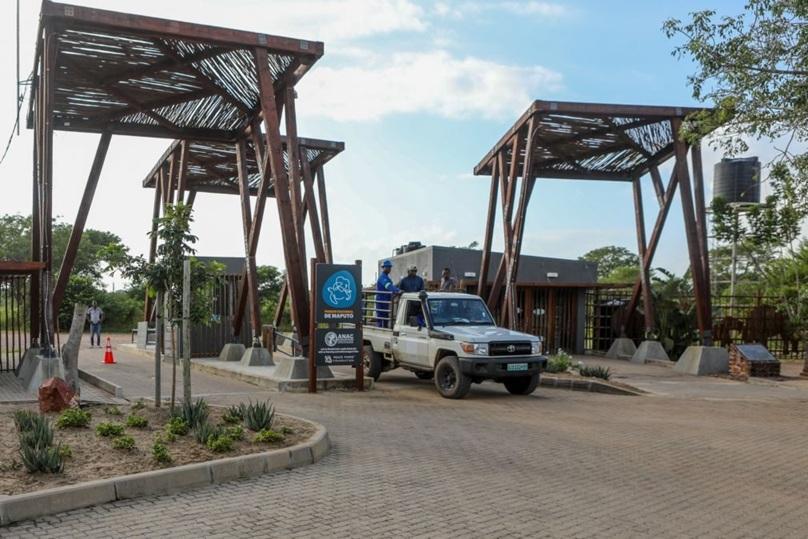Africa-Press – Mozambique. The administrator of Maputo National Park said today that he is “very optimistic” about UNESCO’s decision, which could elevate the protected area to World Heritage status, consequently increasing the number of tourists.
“We had the IUCN (International Union for Conservation of Nature), which we will call UNESCO’s technical arm: they assessed the dossier we prepared, carried out a field visit, confirmed everything, and gave a positive opinion on the park’s nomination as a World Heritage Site. We are very optimistic,” the administrator of Maputo National Park, Miguel Gonçalves, told Lusa.
Maputo National Park is one of five sites indicated as having “exceptional potential” for World Heritage status by the IUCN, a decision that will be made by UNESCO between 11 and 13 July, during the 47th session of the organisation, as indicated in the event’s programme.
In a note dated 2 June, the IUCN, the official consultant on nature to the World Heritage Committee of the United Nations Educational, Scientific and Cultural Organisation (UNESCO), states that, if the intergovernmental committee follows its advice at its 47th meeting in Paris, “incredible landscapes, seascapes and areas of rich geodiversity and biodiversity” will receive this status.
In statements to Lusa, the park’s administrator said that the likely elevation of the status will change the “visibility of the park”, a place to be presented to the world “as a heritage of humanity because it is unique”, with “universal values” defended by UNESCO.
“Above all, it changes visibility,” said Miguel Gonçalves. “We want to believe and hope that it can improve and increase the number of visitors and tourists, and that we can move more consolidated towards the financial sustainability of the park, with all the consequences for the tourism industry and the development of communities.”
The Maputo Park is linked to the iSimangaliso Wetlands Park in South Africa, which already has World Heritage status.
With the possible elevation of the Mozambican part to World Heritage status, the two parties will move forward with talks to find a new form of management, with the main concern being the movement of species.
“If this is done, a joint committee and a joint operational plan [with South Africa] will be created. Management is individual for each country, but there will have to be joint coordination” to “maintain the value” of both parks, said the Maputo National park administrator.
“This committee is being created to sit down and discuss approaches to day-to-day management, which will be in line with the reality of each country and in accordance with the legislation of each country, and the only thing we have to guarantee is what we indicated to UNESCO: that universal values remain intact,” Gonçalves added.
The history of environmental protection area south of the Mozambican capital began in 1932, when it was a small hunting area, where elephants were the main prey. In 1969, the importance of local biodiversity led to the classification of the area as the Maputo Special Reserve.
The response to the decline caused by the civil war that followed independence received its main impetus in 2006 with the signing of a memorandum of understanding between the government and the Peace Parks Foundation.
As a result of this cooperation, Maputo National Park has since 2010 continued to grow, benefiting from several species reintroduction and translocation programmes.
The emblematic giraffes and elephants, which frequently roam along the National Road 1 (N1), live there, but the Maputo National Park combines the “sea and land” aspects, in a total area of 1,718 square kilometres.
The Maputo National Park was officially created on 7 December 2021, joining two contiguous protected areas, the Maputo Special Reserve (1,040 square kilometres on land) and the Ponta do Ouro Partial Marine Reserve (678 square kilometres).
For More News And Analysis About Mozambique Follow Africa-Press






